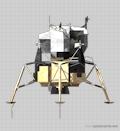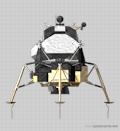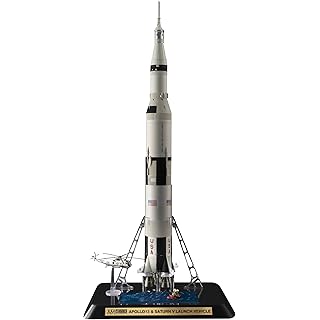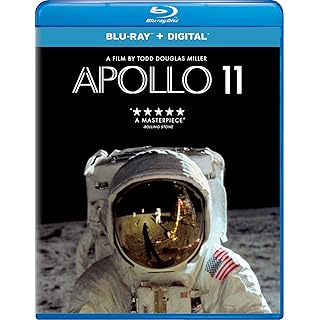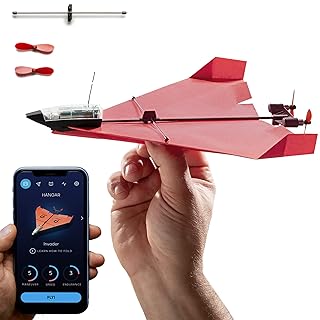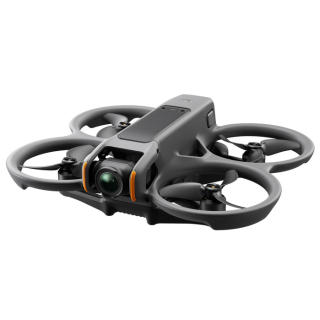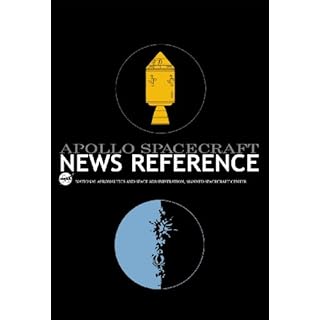APOLLO 16 ( AS-511 )
Apollo 16 prime crew
Thomas K. Mattingly. II(CMP), John W. Young(CDP), Charles M. Duke(LMP), (Left to right)Mission Status
| Launch date | 16. Apr. 1972 17:54:00 UTC(12:54:00 EST) |
|---|---|
| Mission Designation | AS-511 / SA-511 |
| Launch Pad | PAD 39A |
| Spacecraft | |
| CSM | CSM-113 (Casper) |
| LM | LM-11 (Orion) |
| Launch vehcle | |
| Type | Saturn V |
| First Stage | S-IC-11 |
| Second Stage | S-II-11 |
| Third stage | S-IVB-511 |
| Instrument Unit(IU) | S-IU-511 |
| Prime crew | |
| Commander Pilot:CDP | John W. Young |
| CM Pilot:CMP | Thomas K. Mattingly. II |
| LM Pilot:LMP | Charles M. Duke |
| Backup crew | |
| Commander Pilot:CDP | Fred W. Haise, Jr. |
| CM Pilot:CMP | Stuart A. Roosa |
| LM Pilot:LMP | Edgar D. Mitchell |
| Mission Objective | |
| First study of highlands area. Selected surface experiments deployed, ultraviolet camera/spectrograph used for first time on Moon, and LRV used for second time. | |
| Mission Result | |
| The launch was postponed about one month from the originally scheduled date, March 17, because of a docking ring jettison malfunction. The S-IVB stage was released into a lunar impact trajectory, but due to an earlier problem with the auxiliary propulsion system (APS) helium regulators, which resulted in continuous venting and loss of helium, the second APS burn could not be made. Tracking of the S-IVB was lost. The S-IVB stage impacted position and time was estimated from the Apollo 12, 14 and 15 seismic station data. During translunar coast a CSM navigation problem was discovered in which a false indication would cause loss of inertial reference, this was solved by a real-time change in the computer program. The LM separated from the CSM at 18:08:00 UT, but the LM descent was delayed almost 6 hours due to a malfunction in the yaw gimbal servo loop on the CSM which caused oscillations in the service propulsion system (SPS). Engineers determined that the problem would not seriously affect CSM steering and the miision was allowed to continue with the LM descent. Young and Duke made three moonwalk EVAs totaling 20 hours, 14 minutes. During this time they covered 27 km using the Lunar Roving Vehicle, collected 94.7 kg of rock and soil samples. After LM was jettisoned, the LM began tumbling, apparently due to an open circuit breaker in the guidance and navigation system. As a result the planned deorbit and lunar impact could not be attempted. The LM remained in lunar orbit with an estimated lifetime of one year. The instrument boom which carried the orbital mass spectrometer would not retract and was jettisoned. Because of earlier problems with the SPS yaw gimbal servo loop the mission was shortened by one day. The orbital shaping maneuver was cancelled, and the subsatellite was spring-launched at 21:56:09 UT into an elliptical orbit with a lifetime of one month, rather than the planned one-year orbit. Mattingly began a cislunar EVA to retrieve camera film from the SIM bay and inspect instruments, two trips taking a total of 1 hour, 24 minutes. | |
| Parameters | |
| Launch weight | 2,921,005(kg) |
| Lunar orbits | 64 |
| Duration | 265:51:05(11days and 1hours) |
| Landing Location | Descartes Highlands 8.97 degrees South, 15.51 degrees East |
| Splashed down | 27.Apr.1972 19:45:05 UT (14:45:05 EST) |
| Splashdown point | Pacific Ocean:0 deg 43 min S, 156 deg 13 min W:215 miles southeast of Christmas Island |
| Recovery ship | U.S.S Ticonderoga |
| CSM-113 Apollo16 Casper |
|---|
| BLOCK2. About the same specification with CSM-112. |
| LM-11 Apollo16 Orion |
|---|
| About the same specification with LM10. |
Mission Photos
Related books and videos
-
[DVD] Apollo 16: Journey To Descartes

Spacecraft Films / Twentieth Century Fox Home Video May 31, 2005 USD84.99
-
[BOOK] Apollo 16 : The NASA Mission Reports

Apogee Books June 1, 2002 USD13.57
Compiled here are many important documents about the Apollo 16 mission including the complete debriefing in the crew's own words.









